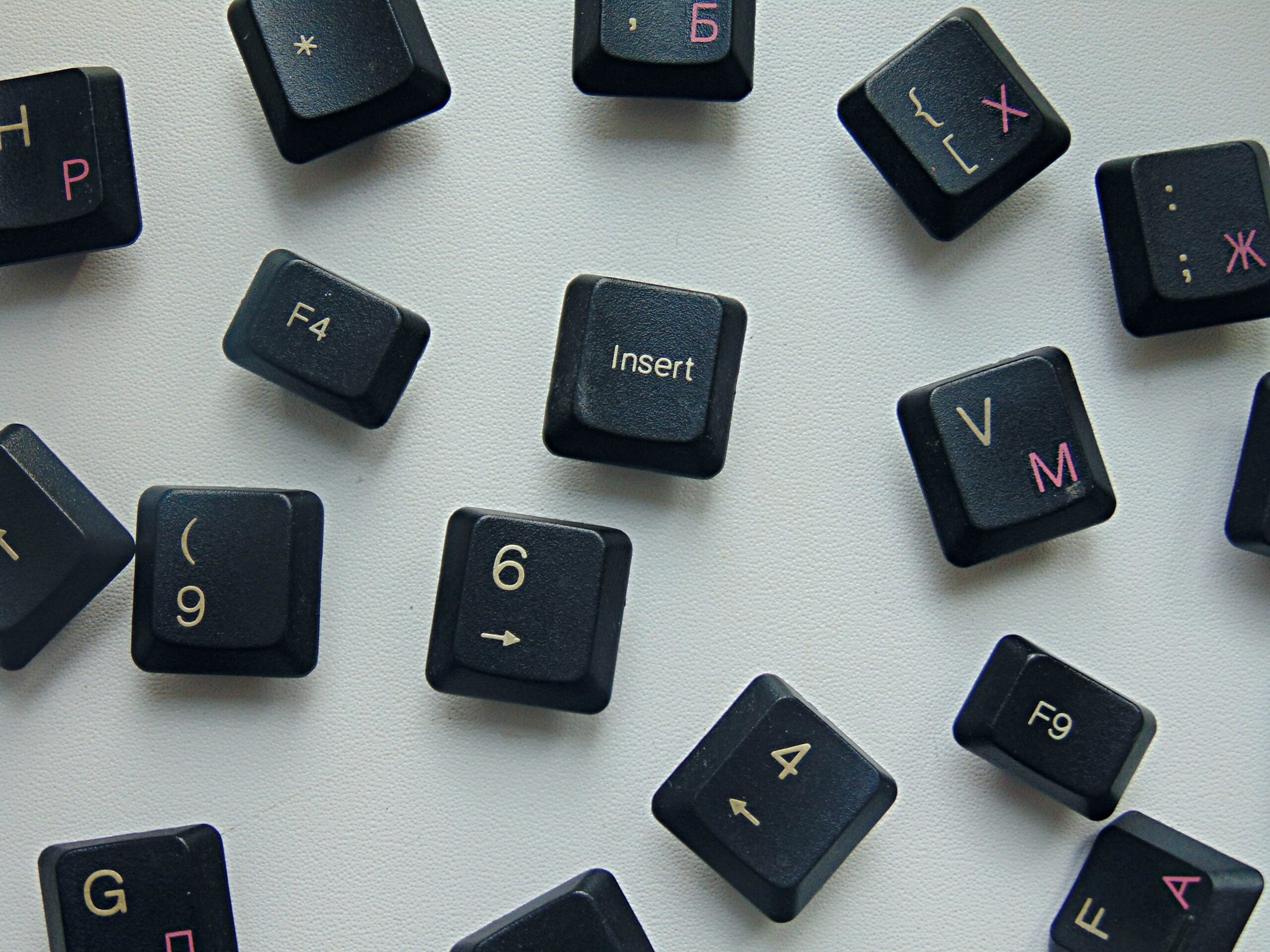Astronauts on the International Space Station continue to be impacted by an invention from 150 years ago, the QWERTY keyboard. Despite its continued daily use, this creation from 1870 has also retained the same limitations from 150 years ago.
How does past innovation shape what we see as possible today?
Humans started writing by scratching sticks onto cave walls. We then invented paper and ink, and the direction of what was possible to record and store information transformed the course of civilization. Thousands of years go by until one day in 1870, Christopher Sholes starts to develop what was to become the QWERTY keyboard. In English, this is the same keyboard layout that we use on our phones and computers and it remains the primary way to get written information into any piece of technology.
Sholes’s innovation was a new and faster way to take down writing. He settled on the QWERTY layout based on mechanical technology available at the time and input given from the telegraph operators who were beta testing Sholes’s invention. What he created was another leap in what was possible in recording, storing, and transmitting information. To bring about innovation that delivers unprecedented results, we will have to think newly and act differently, and in the world of 1870, that is exactly what Sholes did.
Your capacity to innovate influences the fulcrum of the enterprise. In the face of complex problems and rapid change (including how we will continue to live on this planet), leaders have got to breathe life into innovations that move their people forward. One artifact of Sholes’s invention is that his keyboard layout was not constructed for typing efficiency. There were engineering and prototype failures that impacted the final product. Why else would the semicolon be on the home row and “e” is not, or why are the keys staggard sideways. In fact, years later once the mechanical limitations were dealt with, other keyboard layouts were created that are 70% more efficient.
The “qwerty” keyboard arrangement stems from mechanical typewriters. The keys are arranged to make fast typing difficult as old typewriters would easily jam.
You could say, we often go through life on the assumption that “X” is true and therefore we must act without disturbing “X”. However, innovation demands that we be creative and willing to re-think the “truths” about what is possible. That sort of innovation will take us through the next thousand years.
What assumptions are you still working on top of?
This is not a call to have everybody change their keyboard layout, but if you are not awake to how the past might be impacting your present and future, the pull of history will get in the way of something truly new. One cannot simply “Do” innovation, like turning on a light switch. It takes having a view of the world unmoored from the past that has innovation to arise.
If the keyboard you and I are using on our smartphone and the international space station were based on the mechanical limitations of the 1870s, what other assumptions might we be making about our businesses and our everyday tasks?






